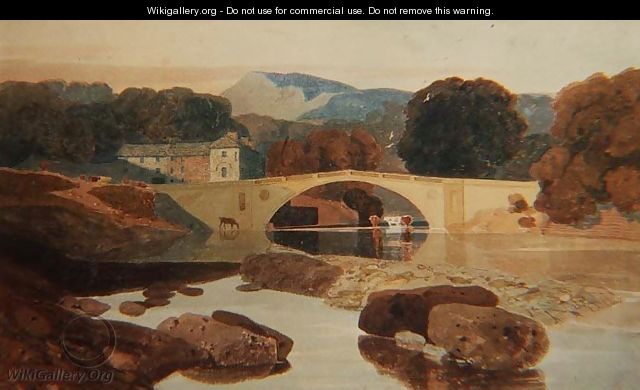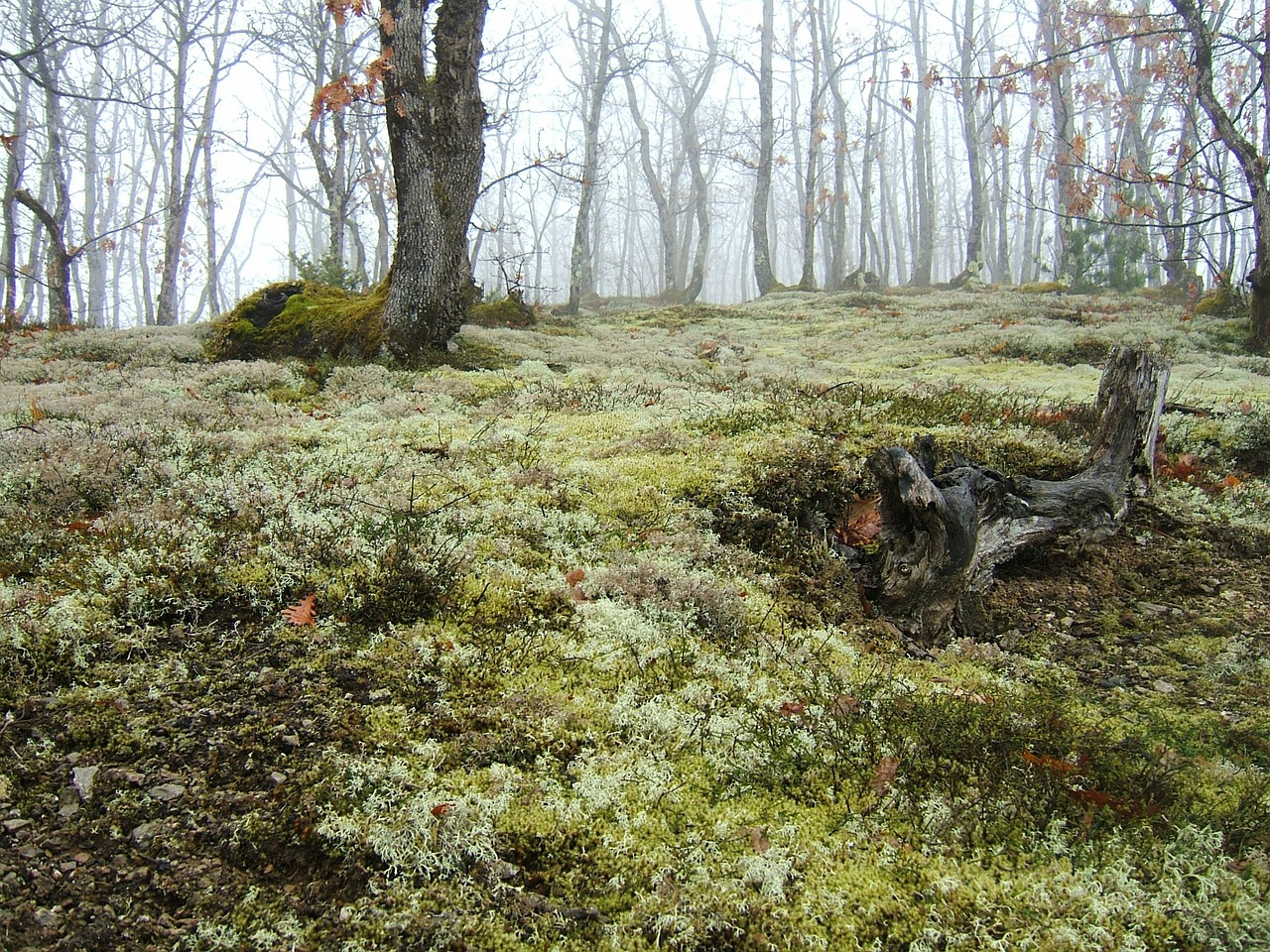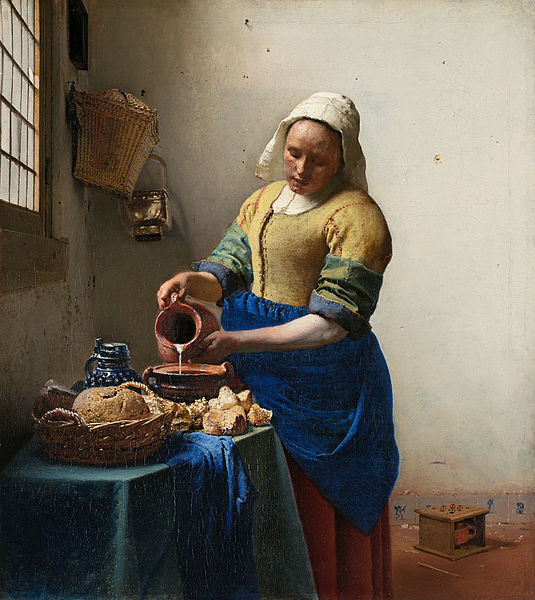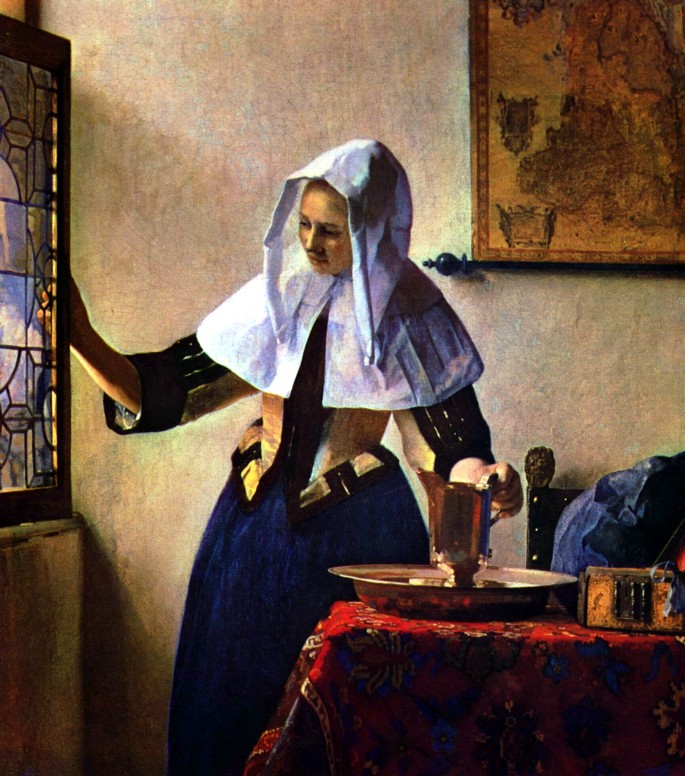See a new review by Robert M Ellis of the recently-published Creativity, Inc. by Ed Catmull, who is president of Pixar Animation and a member of the society.
Category Archives: The Arts
John Sell Cotman. 1782 – 1842. The Greta Bridge. 1807.
 Landscape painting in England between 1800 and 1850 became an important branch of art , it took on the status that History Painting once had, important artists at this time were J. S. Cotman, David Cox, Peter de Wint and Samuel Palmer. Water – colour was the medium in which the British artist was at home, working outdoors was encouraged and many artists travelled around the country searching for scenery to draw and paint which inspired them. John Cotman’s work is part of the Romantic movement of painting, together with painters like Constable and Turner to name two more. His tutor John Varley encouraged his pupils to ‘Go to Nature for everything.’ Landscape painting was often commissioned by wealthy landowners to portray their houses, their family and surrounding grounds.
Landscape painting in England between 1800 and 1850 became an important branch of art , it took on the status that History Painting once had, important artists at this time were J. S. Cotman, David Cox, Peter de Wint and Samuel Palmer. Water – colour was the medium in which the British artist was at home, working outdoors was encouraged and many artists travelled around the country searching for scenery to draw and paint which inspired them. John Cotman’s work is part of the Romantic movement of painting, together with painters like Constable and Turner to name two more. His tutor John Varley encouraged his pupils to ‘Go to Nature for everything.’ Landscape painting was often commissioned by wealthy landowners to portray their houses, their family and surrounding grounds.
Herbert Reid, the art critic wrote ‘ If art was merely a record of the appearance of nature the closest imitation would be the most satisfactory work of art and the time would be fast approaching when photography should replace painting.’ I wonder if that time has arrived as painting on canvas loses favour and ideas take form in other media.
A painter does not want to describe the visible appearance of the landscape but to tell us something about it, an observation or an emotion, but more often an original discovery of the artist which he/she hopes to communicate to us, Cotman transcends the mere representation of the picturesque rural scenes, his skill at design and use of colour takes his work to an interesting level. I would be interested to know what Cotman has communicated to you in this painting, does it embody what you consider to be a British landscape, is it the clarity of the light although the sky is cloudy, the drawing skill shown, the solidity of the rocks, bridge and building, the illusion of distance, the colours or its poetic quality. A painting is more than the sum of its parts, does it make an instant impression on your senses?
I recently had the opportunity to look at one of Cotman’s paintings, exhibited alongside work by Turner in an exhibition at the Greenwich Maritime Museum, I liked its simplicity, great skill is required to create simplicity, the success of a painting depends on the way a complicated image is portrayed, the spaces between are just as important. In The Greta Bridge we see reflections in the still water, as though the river was not flowing but as flat as a mill pond. Light bleaches out patches of the river water, to create greater contrast with the dark rocks.
Cotman taught himself to draw as a boy, his father was a silk merchant, he became a marine and landscape painter, etcher and illustrator. He lived in Norwich and was a member of the Norwich School which had been founded by the painter John Crome in 1808, by 1811 Cotman had become its president, he married Ann Mills and they had five children. Cotman was constantly worried about the family finances, he taught to supplement his income. Much of Cotman’s best work was created outside East Anglia, he went on sketching trips, encouraged by Turner. He lived on the coast of Great Yarmouth from 1812 – 23, where he studied shipping and the action of waves. In 1825 he became an Associate of the Royal Society of Painters in Watercolours, in 1834 he was appointed as Master of Landscape Drawing at King’s College School in London, the painter Rossetti was one of his pupils., In 1836 he became an honorary member of the Institute of Architects. His sons Miles Edmund and John Joseph also became painters. Cotman died in 1842.
The Norwich School had a conservative background influenced by Gainsborough and the Dutch landscape painters. One of Cotman’s patrons was Francis Cholmeley, Cotman spent time as a guest at Cholmeley Mansion near York where he held a summer school. During this time he painted a series of small water colours including The Greta Bridge. To return to the painting, we see crisply defined shapes creating a feeling of mass and distance and contrasting light and shade along important edges. He used warm, dark colours in the foreground and cool green dark areas in the distance, it is said that the sky showed the influence of his old tutor John Varley. Cotman’s drawing skills along with the controlled washes of colour were painted on thick, absorbent paper, he created the work in a studio, working from pencil sketches and notes on colour made at the scene. He paints layers of colour on top of each other, not wet on wet, the usual method, but after each layer had dried, each layer is darker than the former. His canvasses are small and have an intimate quality, they would hang very well in my home!
en.Wikipedia/wiki/John_Sell_Cotman
Poetry 22: Asclepiadics by Sir Philip Sidney
O sweet woods, the delight of solitariness,
O how much I do like your solitariness!
Where man’s mind hath a freed consideration
Of goodness to receive lovely direction;
Where senses do behold th’order of the heavenly host,
And wise thoughts do behold what the creator is.
Contemplation here holdeth his only seat,
Bounded with no limits, borne with a wing of hope,
Climbs even to the stars; nature is under it.
Nought disturbs thy quiet; all to thy service yield;
Each sight draws on a thought, thought mother of science;
Sweet birds kindly do grant harmony unto thee;
Fair trees’ shade is enough fortification,
Nor danger to thyself, if it be not in thyself.
Robert M Ellis reciting the poem:
Download audio: Asclepiadics read by Robert M Ellis
Click here to view other poetry posts
Image courtesy of Wikipedia commons
Johannes Vermeer. 1632 – 1675.
Johannes Vermeer was born in Delft in the Netherlands, we know very little about his life, he lived in a small house with his wife and children. Delft had been in the forefront of a struggle to gain freedom from Spanish oppression until 1648, William of Orange, one of the leaders against the Spanish had died there earlier in 1584. The Eighty Year War had raged between 1568 to 1648, the Golden Age of paintings followed from the mid to late 17th.century, the Dutch led European trade, art and science. When the town became settled a small group of burghers administered in the town, dressed in the traditional black clothes of the Puritans. Delft was a centre for the earthenware industry, its narrow streets were built in a ‘classical regularity,’ winding canals reflected the houses and trees along its banks, Gothic churches were numerous, good subject matter for artists to portray. Many households owned small paintings showing elegant drawing rooms, domestic scenes and landscapes, large works of art were in the municipal buildings.
The art was not Baroque in the sense of love of splendour, more like the detailed realism found in early Netherland painting. Dutch Calvanism forbade the creation of religious art so scenes of every day life flourished, the painters looked to at the way light was used to great effect in the old masters, Vermeer was particularly skilled at creating light.
I have chosen two paintings to discuss, both using oil on canvas, the first, ‘A Maid -servant Pouring out Milk’ is now in the Rijks-museum in Amsterdam, the second ‘ Young Woman with a Water Jug, ‘ scenes of ‘upstairs downstairs,’ if you watched the television series years ago you will know what I mean. In the first painting Vermeer composes the images as a pyramid, the maid’s head at the top, he uses a dotted technique to paint the moving light on the crumbly bread and on her blue apron, the blue is ultramarine, which is expensive crushed lapis lazuli. The white of the coif against the white-washed wall is ‘a miracle of craftmanship’ colour against colour, tone against tone, the paint was lead white, we see the starched white cap against the cream and umber dress, covered by a glaze in the same colours.
Maids in Dutch art were seen in two ways, firstly one who may threaten the honour and security of the home and disturb the peace with her loose ways, or as Vermeer chose do in a bengin way, he treats his subject empathetically, he sees her as a person who symbolises a virtuous, hard working young woman, – we may ask ourselves, is she wistful or is she concentrating on her task. The young woman is sturdily built, solid, the weight of the table also also gives the impression of weight. It is thought that the maid is making a bread pudding, she slowly pours the milk into the dish called a Dutch oven, peices of bread, probably stale, are ready to be covered by the milk, ordinary food items, a typical domestic scene. Other symbols are also present which can have double meanings, one of the Delft tiles on the floor against the wall shows Cupid, an amorous symbol, the coals in the foot warmer behind the maid could be the hot coals of lust or the passion of a woman for her husband, even milk itself can be construed to contain sexual content!
Vermeer was a respected painter and art dealer, he was a member of the Guild House of St.Luke in Delft, guilds were later to become academies. In his early work, he portrayed every day items, simple motifs and characters such as in this painting, a maid working in the house, in the second painting the scene is one with probably the mistress of the house, painted between 1660 and 1662, by this tme Vermeer’s work had become more contemplative, he worked in a disciplined way. In the second painting the woman holds the gilded jug which is on a platter, the table is covered with a red -coloured table cloth on which is a jewellery box, a symbol of wealth, the scene is set in a private room, there is water and a basin, symbols of purity. The woman may be Vermeer’s wife or daughter, she is dressed in blue with a black and white over piece, on her head is a white cloth, she gazes out of the window, the light pours in, we see it on her arm particularly well, on the wall we see a map, two women with differing roles.
The artist David Hockney set a cat among the pidgeons when he thought he had proved that Vermeer had used camera obscura to aid his work in many paintings, others had thought so before him, it may be true, the evidence I saw in a documentary seemed convincing, but it does not belittle Vermeer’s genius. His work has a still quality which I like.
There is also a film called The Girl with the Pearl Earing which is an imaginery construction of Vermeer’s work on the painting with the same name.
en.wikipedia.org/wiki/Johannes_Vermeer
Painting Blogs, how they came about!
When I joined the Middle Way Society in September 2013 Robert asked if I would like to contribute by writing a blog; I decided to revive my interest in Art History, concentrating on the work of painters.
I choose an artist then I look at some of his or her work, wikipedia provides information and images to copy or I turn to art books in my small collection. I enjoy discovering the symbols and metaphors painters use, more so since I have been writing these blogs, artists find many ways to express meaning, art critics and the general public sometimes discover new meaning in a work, it may not coincide with the artists’ intention, new interpretations are found. Robert describes embodied meaning as ‘an understanding of meaning based on a recognition of how the physical body creates meaningfulness’ unconscious themes may surface and become conscious as the artist works.
These blogs can be seen on the MWS site, under the heading of ‘Practice.’ I’m happy to answer questions about a painting, I will do some research if necessary. Do ask me to discuss your favourite painting, I gain more knowledge in the process!
The first reaction when looking at a painting is important I think, even though you may change your opinion at a later date, knowing about the artist’s life or the symbols he is using can wait. An initial aesthetic response probably takes place within minutes of looking.
My passion for paintings began in my twenties, in the 1960s I took a foundation course in Art & Design at Farnham School of Art in Surrey, after a gap of ten years while living in London, I was in a position to undertake a degree course, a further year followed when I obtained a PGCE to teach art at secondary school level.
I did some teaching in schools in Devon where I lived for twelve years. When I retired I set up two adult art classes in Devon village halls on a voluntary basis, petrol money was donated, it’s a great way to make new friends!
For the past seventeen years I have lived in Sussex, by the sea with the Sussex Downs close by. I am a mother and grandmother of five. I still paint for my own pleasure.
I have found several recurring facts while reading up on artists up until now, firstly a handful of painters have been excused from military service usually on health grounds when called up to fight, secondly, mental illness in the family is occasionally present, often it is the mother of the painter who is ill and finally I have noticed that Freud has been mentioned as having an influence on many painters together with other new theories about how the mind functions, it leads me to wonder what motivates an artist to dedicate his/her working life to Art, they often possess a determination to overcome any difficulty that makes barriers, although the struggling artist working in a cold attic no longer has the same romantic ring although many young artists do find funding dificult to come by! The process of painting is therapeutic, not all artists paint for that reason of course, some want to express historical deeds, some religious belief, others intend to shake up society or shock. Benefactors play an important role, in the past popes and cardinals paid artists for work to be exhibited in churches, wealthy land owners requested portraits or landscapes or work is commissioned by art dealers particular now, high prices are paid for paintings by the great masters which may not be available for the public to view. Prints have become popular for the home.
Art needs an audience, not to be locked away in private vaults. Painters and paintings may not be as popular now as in the past, other forms of media such as video are taking the stage, whatever method of expression is chosen, creativity is here for good and has been around for aeons!



